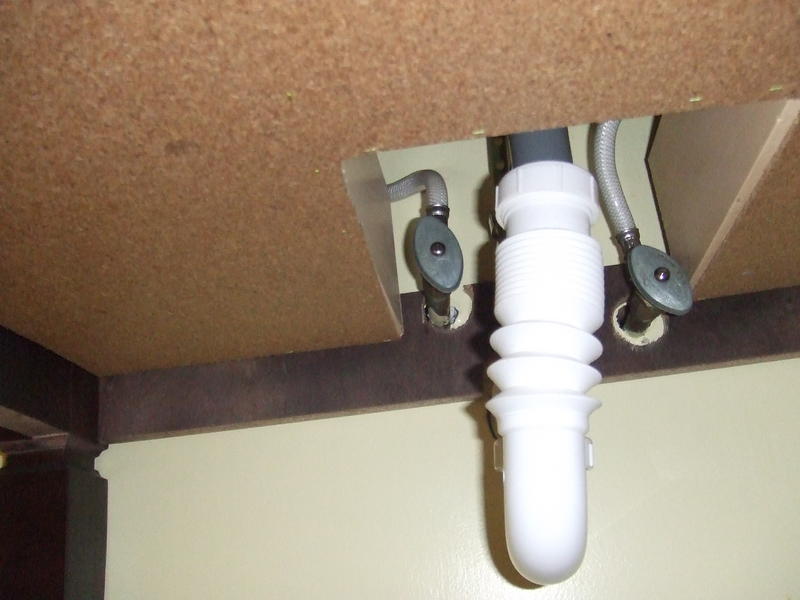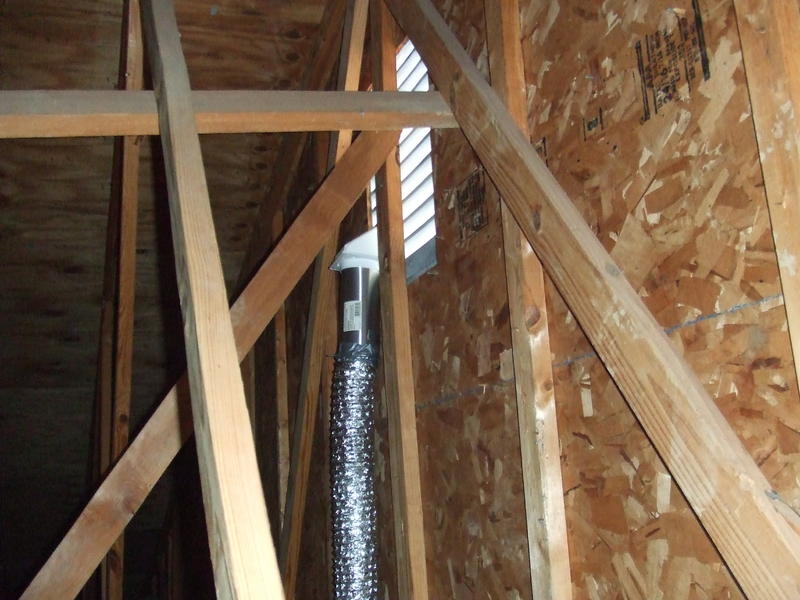Gary, now try doubling your fee and see what happens!
Gary, I completely disagree with this. If the NAR is to step in at all, it should be to REMOVE the agent from the process of deciding on an inspector. Let the client hire their own, without recommendation.
Most people will not trust a inspection done by the seller here . done a few but then again the seller did not use it but once, found to many problems. I did one another inspector did, the listing agent did push the Previous inspector’s report to the buyers side. i was hired by the buyer , He asked why this stuff wasn’t mention on the seller report. LOL ,
I do not get anything from that listing agent anymore .
The problem I have with MIC is understanding the expectations of the buyer I will never meet. I often inspect for buyers who plan to tear out half the house and spend $200k on a remodel. The Standard inspection exceeds their need. On the other hand I have worked for insane obsessive persons who should be renting an apartment. Their needs are different.
It is difficult to standardize home inspection.
So if I understand this the seller and sellers agent would rather not know of any defects in advance so they can remain ignorant and not have any conflicts with disclosure.
Now a buyer comes along makes an offer and gets an inspection which identifies defects. They share the inspection report with their agent who inturn shares it with the sellers agent who passes it along to the seller. The buyer backs out of the sale because of the inspection findings. The defects have now been identified and all parties involved are aware of them. The house is still for sale now what?
I think we all know that a prelisting inspection is the most logical approach but the Sales men can’t grasp this concept of logic and inturn convence their customer that is not a good idea and hope no issues come up.
My only problem with MIC is the use of the words “Move-In Certified”.
It’s not. It is merely inspected … not certified.
As Mr. Cahill states, any expectations made by a buyer that I have not met regarding something called “Move-In Certified” is inflated and unrealistic before the report is even read.
Pre-listing inspections for home sellers are a good idea … but referring to a home inspection report as any form of “certification” is asking for trouble, IMO.
Huh??? The report can’t be relied upon by the buyer. The buyer isn’t your client.
You’re not going to argue that working for someone who is moving OUT of the home you inspected has more liability associated with it than working for someone who is moving IN to the home you inspected. Are you?
From a risk standpoint, it is better to do 50 MIC’s than one buyer inspection.
From a marketing standpoint it is better to do one MIC than 50 buyer inspections.
Anything that I publish for others to read that implies that a house is “certified” to “move-in” to has a life of its own, in my opinion.
By virtue of its title, it is written by me for the benefit of someone considering “moving-in” to the home that I have inspected, does it not? I mean, it is not called the “Move Out Certified” program, is it?
I think an analogy that would help me make my point in this regard would be a ton of disclaimers in my contract and in my report assuring my client that I am not performing a code inspection … and then publishing a document recording my observations and calling it “Code Inspection Report”.
Like I said, my problem with MIC is limited to what it is called … not what it is.
I suppose. But compare that to writing a report for someone actually “moving in” to the home that you have inspected… and… who is actually your client… and… who actually paid you… and… who actually has standing in a claim against you. Isn’t that what a buyer’s inspection is?
No comparison.
I am unaware of this ever being formally challenged so if you are, please so state … but, if a home seller hands out a copy of an inspection written by me to prospective buyers that publishes that the home they are selling has been “move-in certified” by me, I feel that a reasonable person could conclude that the intended audience would be the person(s) considering the purchase, not the person doing the selling.
Well, while we are all waiting around for a first to happen: A non-client somehow gets standing in court to sue an inspector he/she never hired for a report based not on what is actually in the report, but based on the title of the program, which by the way is clearly defined, and isn’t titled “This house is certified perfect”… I suppose we can all just go on doing inspections for our actual clients who have actual standing in a court of law to actually sue us for our reports that they actually paid us to generate.
No one should fear pre-listing inspections … but just so you know, when I do an inspection for a buyer I don’t tell him the house has been “move-in certified” either.![]()
Why did you settle on calling it that, anyway?
Fair question.
As you can see by this thread, the most difficult part about MIC is pitching it. The title helps the average inspector pitch it. The risk added by the title of the program is either non-existent or very small. The profit, especially when you consider how much additional inspection work each MIC generates (the inspection on the home the seller is buying, the re-inspections, the inspections from buyers who don’t buy the MIC home but pickup a copy of your report) is very large.
In other words, MIC is a smart trade: Large profits in return for very small additional risk.
And I would go even further and say the small additional risk is not only offset by profit, but offset by the risk reduction in not having a client who is moving IN to the home you inspected.
An I would go even further and say that the small additional risk is even more offset from the exploitation of MIC for marketing purposes which adds no additional risk. Remember… of the 1,000 would-be buyers who read your MIC report, only one buys the home. The other 999 can’t sue you for a home you not only didn’t inspect for them, but that they didn’t even buy.
I will never debate your marketing genius and I am aware of how well this program is doing within a 100 mile radius of you. I begrudge no one who is experiencing success with it. I just wish you had called it something else, that’s all.
Have been doing “Pre-Listing” Inspections for many years with great success.
The concept is real… you can call it whatever you want.
Marketed properly it is a program that works for the Client (Home Seller) and benefits both the Client and their Realtor…
The MIC program should have been tweaked before releasing it.
For it to really work you must have all of this:
A very detailed prelisting inspection and report. (This is sadly hard to get according to agents that have witnessed the major differences between an average inspector and an A+ inspector)
A seller that can afford to have repairs made. (very rare these days)
A reinspection and report that does not fail to clearly identify improper repairs and non-addressed issues (another tough goal to get from all inspectors, contractors and sellers).
A change in the tried and proven method of selling real estate by creating buyer interest / excitement, causing a large investment of time and money by buyers, creating time deadlines for interest rate lock in’s, due diligence periods and closing schedules to create a rail road effect to push the buyer to the closing table with outstanding problems present with the house.
Waiting for the realtors to realize how much time they are wasting on problem houses and difficult negotiations so they start requiring an inspection before they list a house.
And finally, getting sellers to spend money for a good inspection on a house they are either done with or can’t afford to keep.
Works great out here. But I credit our chapter members for that.





